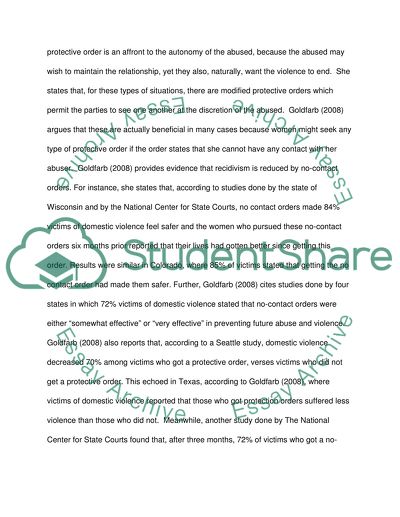Cite this document
(“Do no contact/protection orders help reduce recidivism among batterers Research Paper”, n.d.)
Retrieved from https://studentshare.org/law/1399436-do-no-contact-protection-orders-help-reduce
Retrieved from https://studentshare.org/law/1399436-do-no-contact-protection-orders-help-reduce
(Do No contact/Protection Orders Help Reduce Recidivism Among Batterers Research Paper)
https://studentshare.org/law/1399436-do-no-contact-protection-orders-help-reduce.
https://studentshare.org/law/1399436-do-no-contact-protection-orders-help-reduce.
“Do No contact/Protection Orders Help Reduce Recidivism Among Batterers Research Paper”, n.d. https://studentshare.org/law/1399436-do-no-contact-protection-orders-help-reduce.


